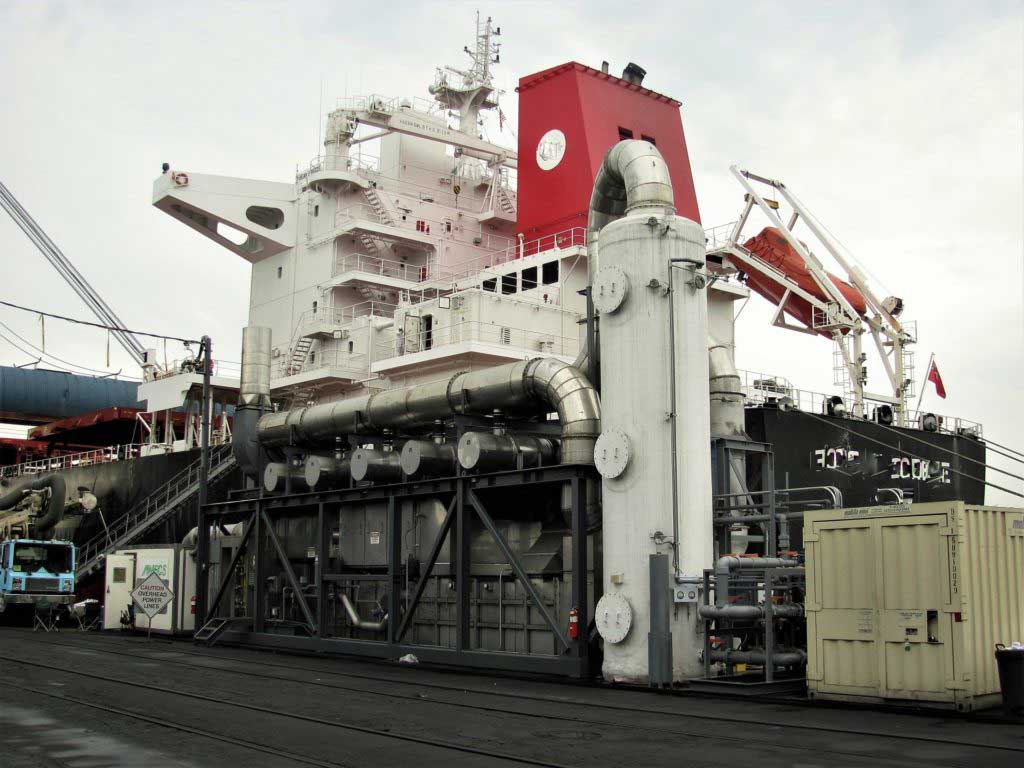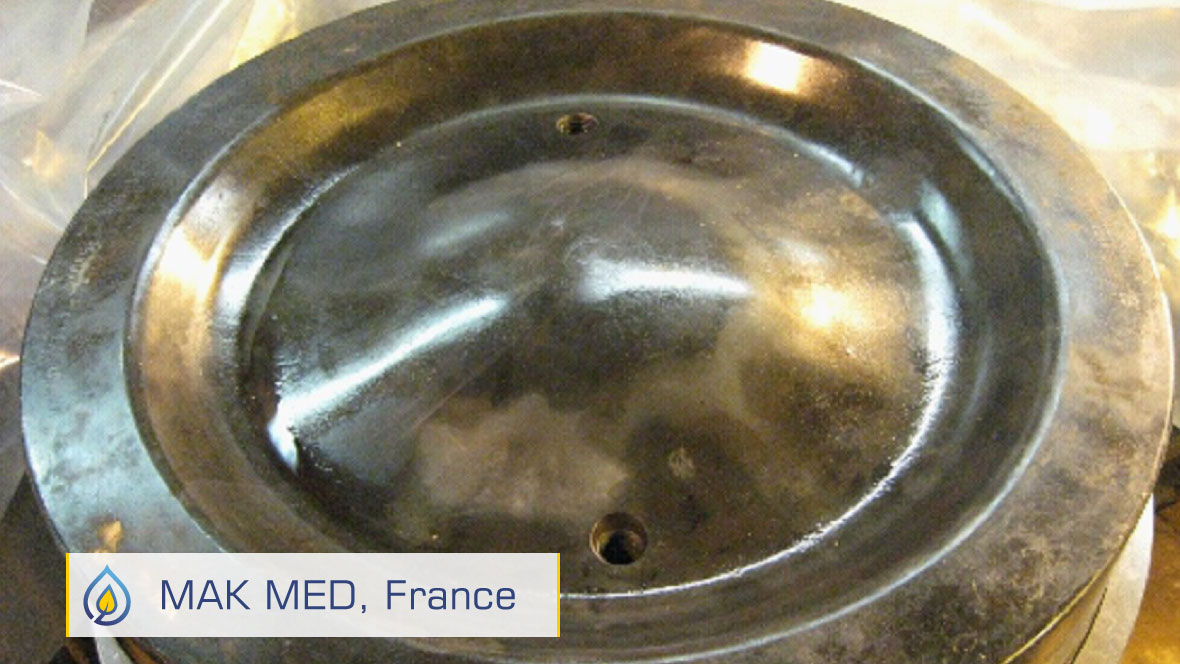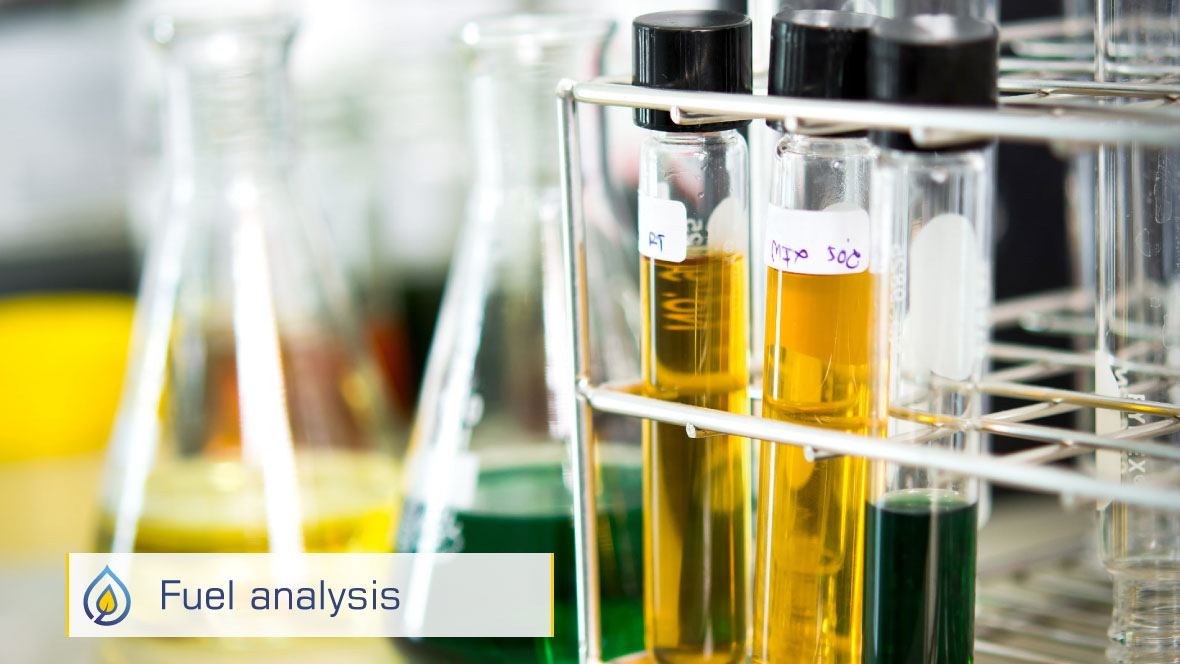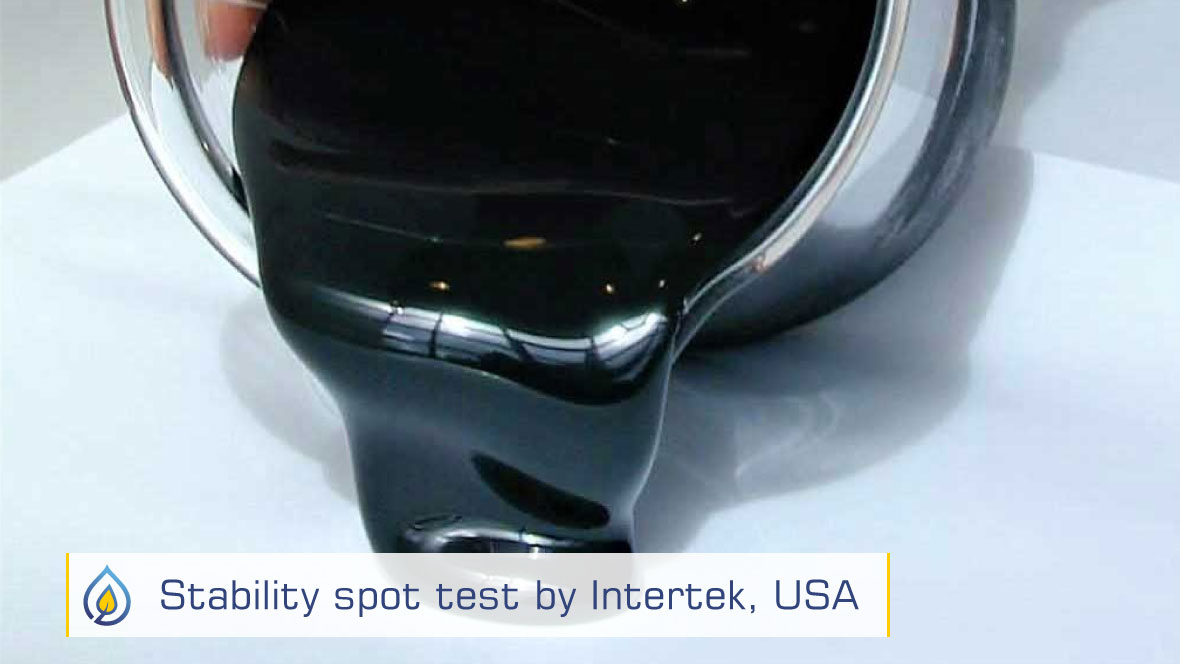REDUCING SCRUBBER BURDEN BY IMPROVING COMBUSTION
A variety of fuel-borne additives designed to improve combustion in marine engines are available. Chemical compositions, their proposed mechanisms, and efficacies vary, but the goal is always the same: improving combustion provides economic benefits to ship owners in the way of fuel savings and reduced CO2, and less engine maintenance. Logically, the reduction of exhausted volatile organic compounds (VOC) including PAH, along with PM, will also reduce the sludge burden on exhaust scrubbers in a linear fashion. Lowering the burden of these pollutants will reduce sludge disposal costs.
XBEE Enzyme Fuel Technology is an ashless, detergent-free and metal-free fuel purifier and combustion catalyst based on very small amounts of plant-derived enzymes. The technology was commercialized in the United States in 1998, and over the last 20 years, empirical studies have demonstrated XBEE‘s effects in reducing CO2, HC, PM, CO, and NOx, as well as reducing fuel sludge and improving fuel compatibility and stability.
Exhaust emissions testing demonstrate the enzymes in XBEE are altering the molecular structure of hydrocarbons, resulting in better fuel atomization. This allows for better exposure to atmospheric oxygen during combustion, thus reducing PM, HC, and CO. Improving combustion reduces the specific fuel consumption. Bench testing and shipboard testing has demonstrated reductions in fuel consumption from 2.4% at optimum load, to over 10%, depending on the workload and engine type. XBEE will eliminate the additional energy burden needed to operate a scrubber.
PAH are precursors to soot as well as combustion chamber deposits. These byproducts of incomplete combustion also contaminate the lube oil via ring-scraping of carbon deposits off the cylinder walls, and through blow-by gasses. As small amounts of lube oil are combusted, these PAH-laden oil molecules also find their way into the scrubber’s wash water sludge. Research suggests that XBEE‘s enzymes can cleave a variety of hydrocarbon bonds, including PAH molecules, converting the larger, slow-burning molecules into smaller, faster burning molecules. Depending on the initial composition of the fuel, some diesel fuel analyses show a significant reduction in total aromatics, with a concurrent increase in cetane number.
NOx also contributes to acid formation by contributing nitrogen to the exhaust. Once combusted, these particles are converted to nitric acid. This increases the demand for pH- neutralizing chemicals when operating scrubbers in a closed-loop mode, as well as increasing the total volume of hazardous sludge in open-mode. NOx is a byproduct of thermal oxidation of atmospheric nitrogen.
In lean-burn fuel mixtures, or when using oxygen- bearing biofuels, the flame tempera- ture is increased, which while reducing PM, soot, and HC, increases the combustion chamber temperature. Exhaust valves and piston crowns are super- heated, which increases the formation of NOx. Reducing the temperature by enriching the fuel mixture reduces NOx, and would reduce the nitric acid burden on scrubbers, however, the lower temperature yields more PM and soot, leading to a higher HC burden on the scrubber, as well as combustion chamber deposits. XBEE‘s effect in improving atomization and oxygen uptake during combustion suggests a higher flame temperature which leads to lower PM, CO, and HC emissions.
As empirical studies show that NOx is also reduced, this suggests that the fuel charge is being burned more completely, reducing flame-quenching on the cylinder walls and the formation of carbon deposits, particularly on the exhaust valves, which is a source of NOx.
An increase in flame temperature and combustion temperature due to increased oxygenation during combustion, coupled with the reduction in radiant heating due to reduced flame-quenching and eliminating PAH-bound carbon deposits, avoids super-heating the exhaust system, which contributes to engine efficiency.






